Words Spun Out of Images: Visual and Literary Culture in Nineteenth Century Japan
In their ambition to capture “real life,” Japanese painters, poets, novelists and photographers of the nineteenth century collaborated in ways seldom explored by their European contemporaries. This course offers learners the chance to encounter and appreciate behavior, moral standards and some of the material conditions surrounding Japanese artists in the nineteenth century, in order to renew our assumptions about what artistic “realism” is and what it meant. Learners will walk away with a clear understanding of how society and the individual were conceived of and represented in early modern Japan. Unlike contemporary western art forms, which acknowledge their common debt as “sister arts” but remain divided by genre and discourse, Japanese visual and literary culture tended to combine, producing literary texts inspired by visual images, and visual images which would then be inscribed with poems and prose. Noticing and being able to interpret this indivisibility of visual/literary cultures is essential in understanding the social and psychological values embedded within the beauty of Japanese art.
Supported Language(s): English, Chinese, Spanish, etc.
Instructor(s)
Instructors' Voices
In this course, you will learn about:
- Differences between traditional Japanese art forms
- Japanese perceptions of the self Insights into how Japan as a nation state emerged to the forefront of “modernity” in the late nineteenth century
- A rich lode of non-western cultural materials relating to gender
Highlights
Highlight video: Words Spun Out of Images01
Highlight video: Words Spun Out of Images02
Highlight video: Words Spun Out of Images03
Learners' Statistics
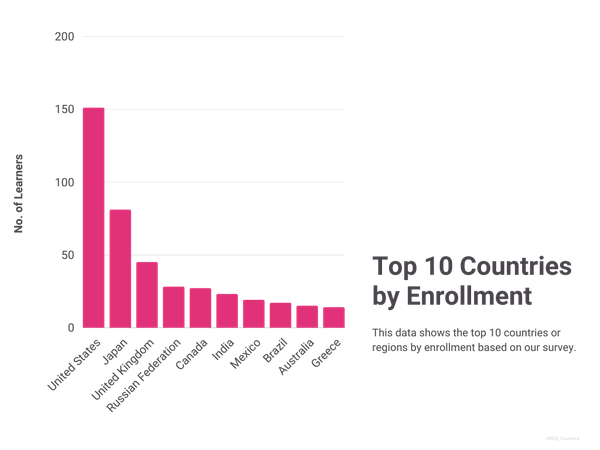
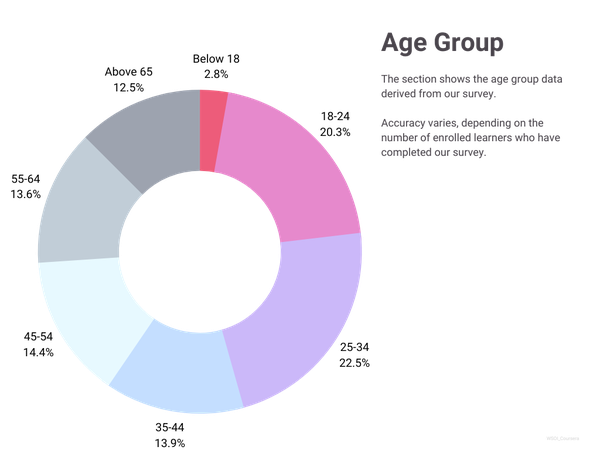
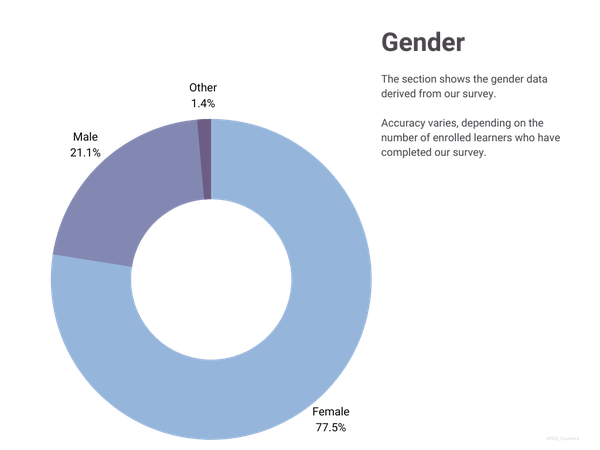
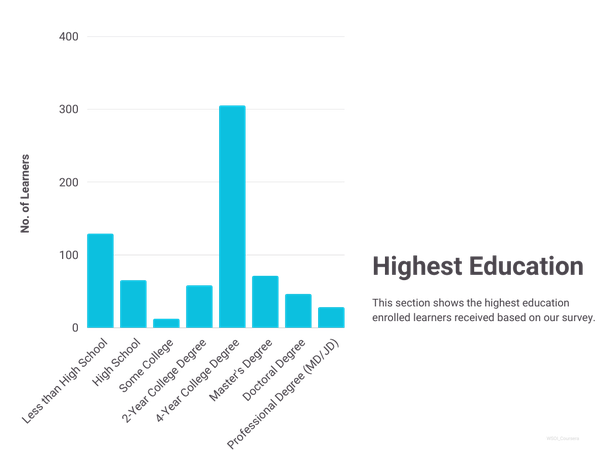
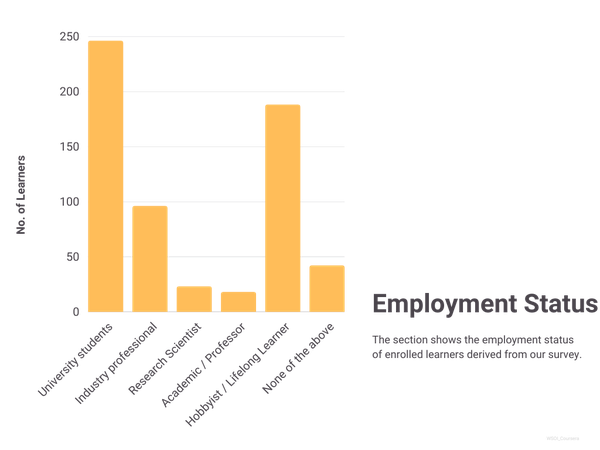
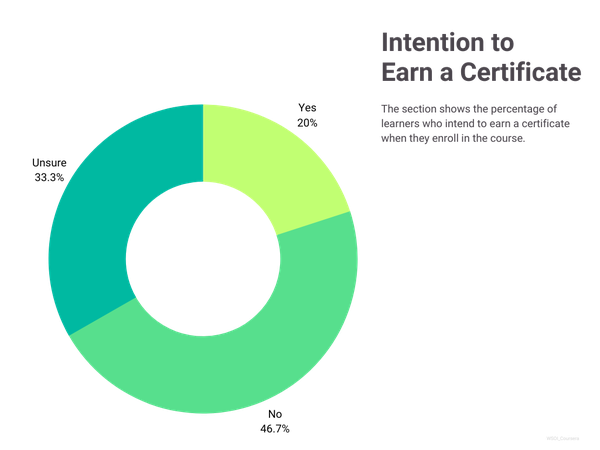
Learners' Voices
-
Student A
I am a graduate student of English literature and I wanted to say thanks for creating this course, which is a completely new field I've never explored until now. I love visual art and Japanese culture, and studying a literary medium that blends these into one was such a cool experience! The literary painting/photograph is a fascinating type of art that has so much interpretive potential, and I would love to learn more on this topic sometime. Thank you so much for the effort taken to research and compile all the materials.
-
Student B
I would like to personally thank you for all the effort that you have put into this course. It was very informative as well as entertaining. As a Japanophile, I always keep an eye out for any educational opportunities to learn more about Japan's culture and history. I most certainly hope to I will see you again in another related course.
-
Student C
I am personally fascinated by the oriental, specifically Japanese art. And when I found this course, I jumped right into it and it gave me so much insight. Especially because Kitagawa Utamaro is my favorite artist and I was delighted to see his work bu also discovered so much more meaning in reading the art and this will always spark my curiosity, even more so now- what is it that the artist is trying to say, and not just seeing the painting, as just 'a painting'. The entire course was very insightful and thank you for the details shared. It would fabulous if you would consider having more such courses come through. Looking forward to the same and thank you once again.
-
Student D
I'm no good with words, and English isn't even my first language, but I would like to thank you very much for you have made an incredible course. I sincerely enjoyed it. My love for japanese art and literature has grown immensely thanks to this course.
-
Student E
Brilliant analysis, and a deep dive-in into the history of 19th-early 20th century Japan through images and photographs. Absolutely fascinating.

